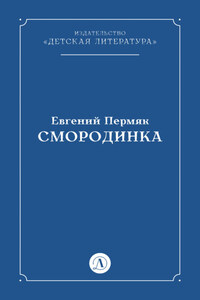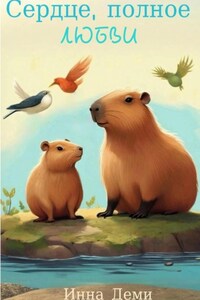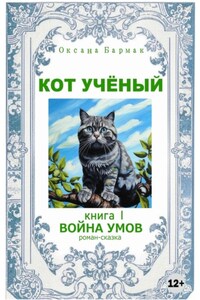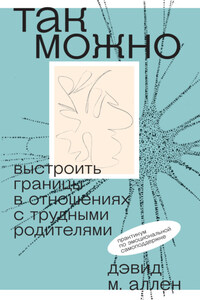Why You’ll Love This BookBy David Almond
Like all the best books, Feather Boy can’t be pinned down. You have to read it, to be caught in its spell as thousands of readers have been before.
What’s it about? Robert Nobel is the class squit. He’s trying to deal with Niker, a scary and complex bully. He’s lamenting his departed father and falling in love with Kate. Then Edith, a stern and secretive old woman, picks him out from the crowd, tells him he’s the sort of boy who can fly, and sends him on a perilous quest that will change his whole life.
The story’s set in a very realistic and believable world, and it’s wonderfully fluent and readable and engrossing, but it often feels very strange indeed. It’s about secrets, the search for truth, the dangerous places that exist in the world and in the human heart.
It leads us into the dark and scary Chance House, through the sinister Dog Leg, into a feather-strewn graveyard. It contains one of the most weird and beautiful articles of clothing you’ll ever read about.
It is beautifully written: concise, rhythmical, dramatic, with hardly a wasted word. It’s a book that engages the mind and touches the heart. Read on.
David Almond
David Almond is the author of Skellig, The Savage, Jackdaw Summer, and many other novels, stories and plays. His awards include The Carnegie Medal, two Whitbreads and the Michael L Printz Award.
It all began when Catherine came to talk about the Elders’ Project. Of course that’s not what Catherine would say. She’d say it began in a time that is yesterday and tomorrow and eternally present. But then Catherine’s a storyteller. I’m not a storyteller. I’m just the guy it happened to.
Anyway, there we all were in that dead time just after lunch, a little pale sunlight trying to push its way into Class 7R. Miss Raynham had set out a chair for Catherine and patted its seat to make her sit down. She’d said “ahem” and begun to scratch her head. None of us likes it when Miss Raynham scratches her head. Her thin grey hair barely covers her very white scalp. The merest touch of a fingernail on that creepy skull showers her shoulders with dandruff. Niker says if she ever loses her job as a teacher she could earn a living making snowdrifts for the movies. When I told my mum that story (and I made the story mainly about Niker) Mum said: “that’s nothing.” Apparently, when she was at school, they had a teacher called Miss Cathart, who used to spit down the sleeves of her cardigan. Miss Cathart’s cardigans, Mum says, were the crocheted sort. Loosely knitted. With holes in. So the spit ran out.
This is the problem with stories. They run on. So – to begin again: Miss Raynham says: “Ahem.” And then. “This is Catherine. Catherine erm…”
“Deneuve,” says Niker.
“Of Aragon,” says Derek.
“Parr,” says Weasel.
You can see we’ve been learning about Henry VIII. Well, everyone but Niker has.
“Class,” says Miss Raynham and she shifts downwind – fast. She’s big, Miss Raynham, corpulent, a blob on legs. But she moves like a spider. One minute she’s standing at the front of the class with a smile and a piece of chalk and the next thing you know is she’s zigzagged to your desk and the chalk is in your neck. Or Niker’s neck in this case.
“Catherine Fenn,” continues Miss Raynham without a pause, “has come to speak to us about the Elders’ Project. Catherine?”
Attention transfers at once to the front of the class. Catherine is youngish, in her twenties probably, little, dark, and she seems at rather a loss. Her long hair is piled up on her head and held in place with a moon and stars clip. Only the clip isn’t doing a very good job and most of the hair is making a bid for freedom down Catherine’s back. She’s wearing those brightly coloured clothes that look like you’ve dipped them at random in three different vats of dye and – as yet – she hasn’t said anything.
“Catherine,” repeats Miss Raynham with that scratch and that edgy irritation we all know so well.
“Hello,” says Catherine at last.
“Hello, Catherine,” says the class.
She shifts position, as though she’s Goldilocks and she can’t get comfortable in Mummy Bear’s chair. “Thank you for letting me be here.”
“Oh boy,” says Niker, and then seems to choke. Could be the chalk at his throat.
“I…” begins Catherine, but Miss Raynham’s patience is at an end. She strides to the front of the class.
“We’re very fortunate to have the services of Catherine, who is going to lead a project between children from this class and the residents of the Mayfield Rest Home.”
“Is that the barmy bin?” asks Weasel.
“No, Wesley, it is not the barmy bin. And it is partly to counter such ignorant attitudes about the senior members of our society that this project is being undertaken. Now, since we apparently need to return to basics, can anyone tell me what a Rest Home is?”










